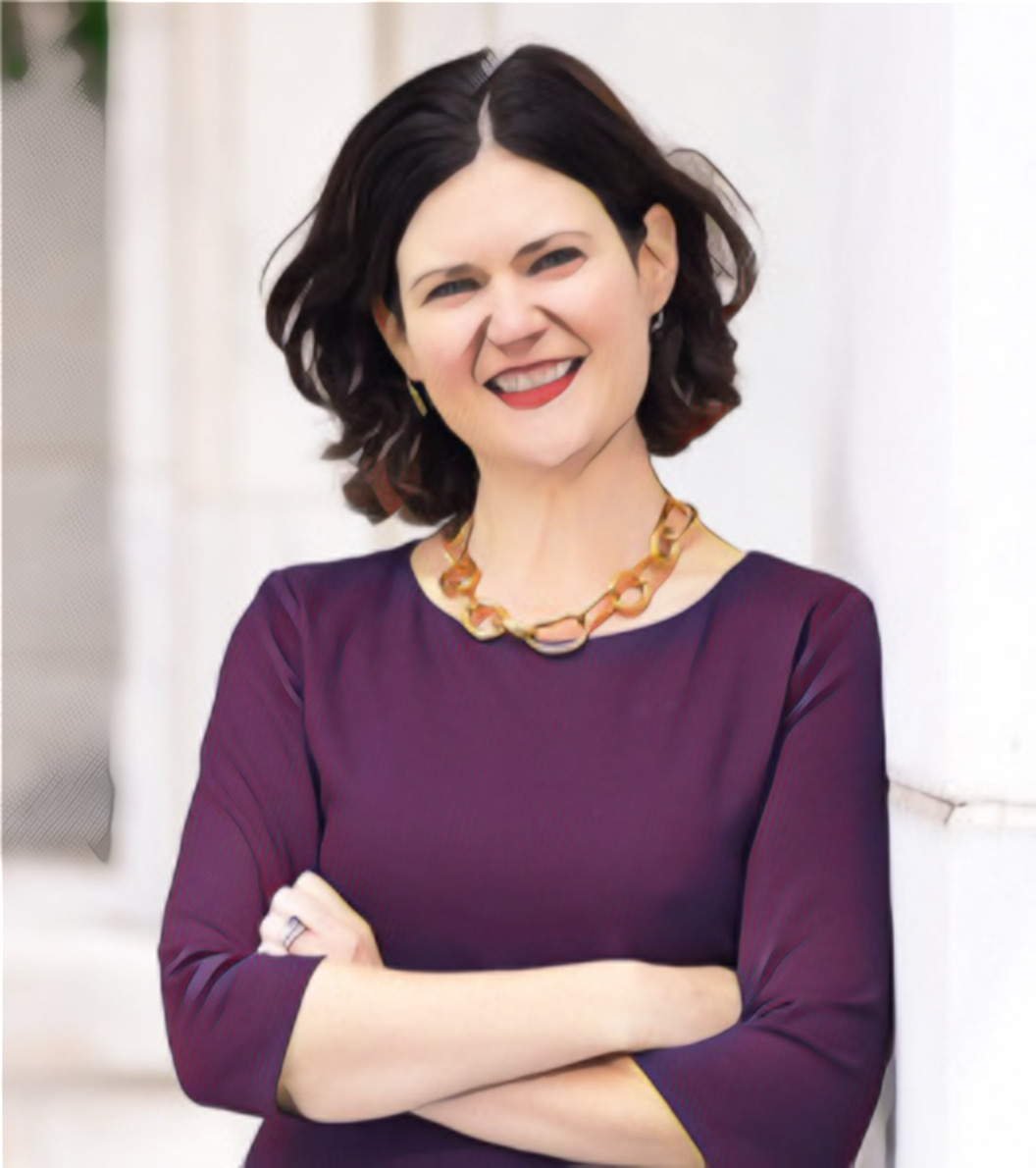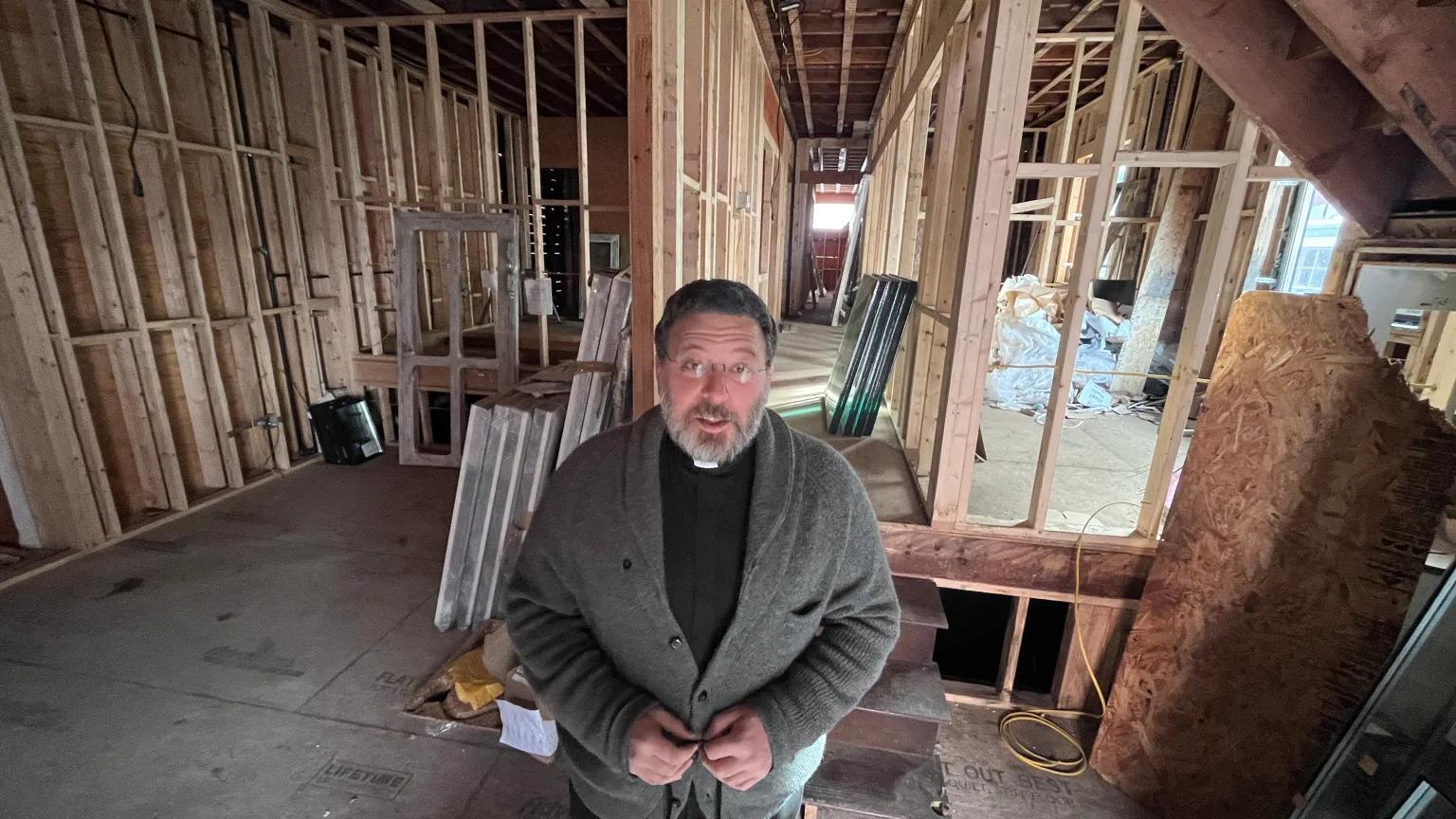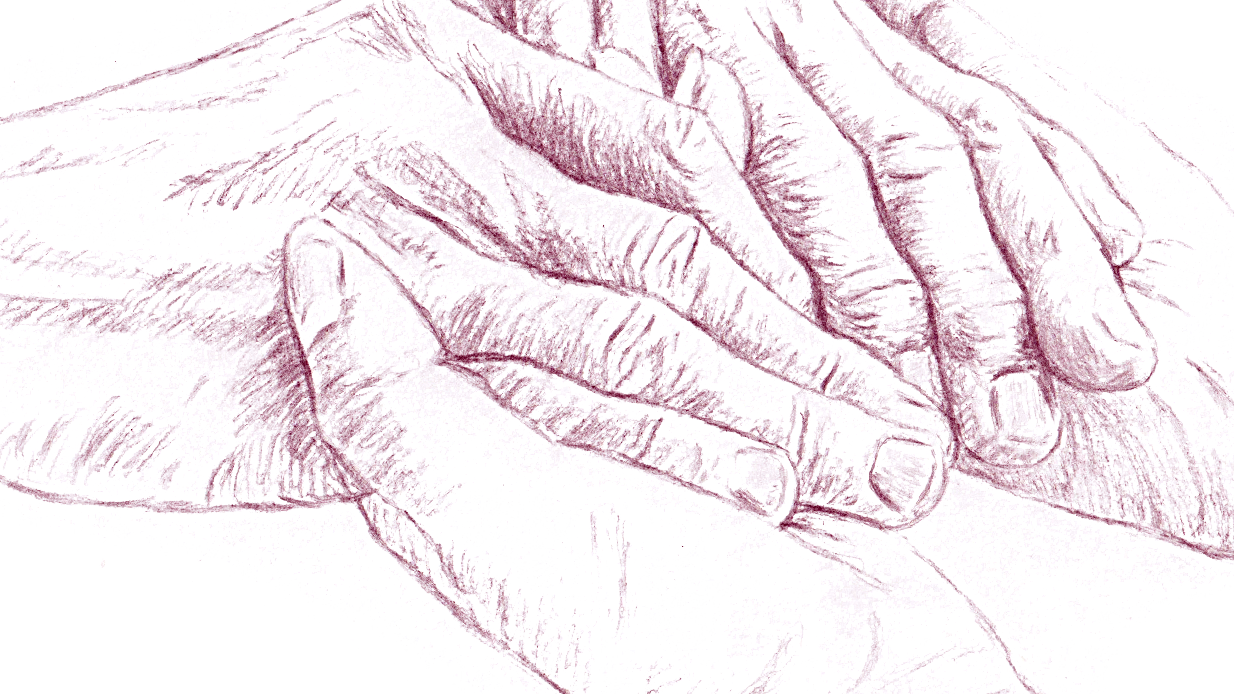Papal Passages: Reflections on the Final Journeys of John Paul II and Francis
Religion
2025-04-29 02:28:45Content
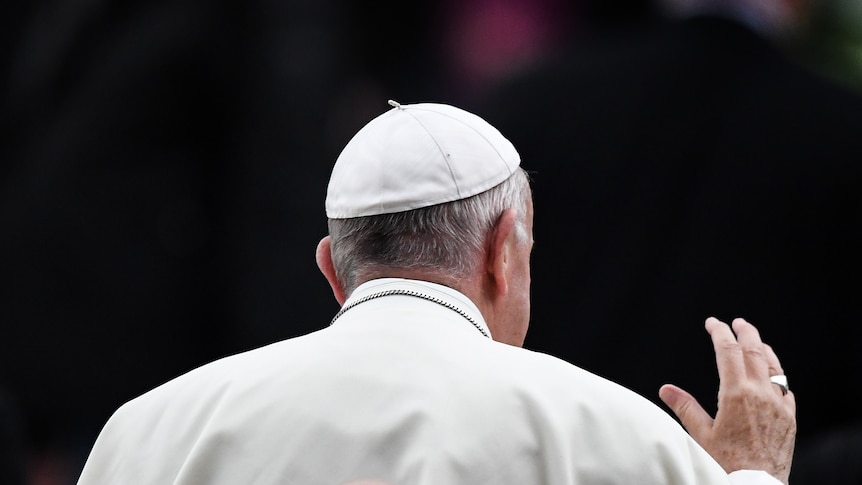
The passing of Pope John Paul II in 2005 marked a profound moment of historical closure, symbolizing the end of a transformative era. His 27-year pontificate was widely perceived as a definitive chapter in the Catholic Church's modern history. In stark contrast, the recent death of Pope Francis has been experienced quite differently—not as a conclusion, but as the beginning of a complex and uncertain journey for the Church.
Where John Paul II's death felt like the final page of a significant narrative, Francis's departure seems to represent an open-ended transition. His passing has been mourned not with a sense of completion, but with a collective recognition of the challenging path that lies ahead for the Catholic community. The uncertainty and potential for change have cast a different emotional tone over this moment of ecclesiastical transition.
The Papal Transition: A Transformative Moment in Catholic Church History
In the intricate tapestry of religious leadership, few moments capture the global imagination quite like the transition between papal figures. The Catholic Church, an institution steeped in centuries of tradition and profound spiritual significance, experiences seismic shifts when its most prominent leaders pass from the world stage, leaving behind legacies that resonate far beyond ecclesiastical boundaries.Navigating Spiritual Transformation: When Papal Legacies Reshape Global Perspectives
The Enduring Legacy of Papal Leadership
The Catholic Church represents more than a religious institution; it is a complex global network of spiritual, cultural, and political influence. Papal transitions are not merely administrative changes but profound moments of collective reflection and potential transformation. When a long-serving pontiff departs, the ecclesiastical landscape undergoes a fundamental recalibration, challenging established narratives and inviting renewed spiritual introspection. Each papal leadership represents a unique theological and philosophical approach, interpreting centuries-old doctrines through contemporary lenses. The departure of such figures signals more than an individual's passing—it symbolizes the potential for institutional reinvention and spiritual reorientation.Generational Shifts in Ecclesiastical Perception
Different papal tenures generate distinctly unique global responses. Some pontiffs are remembered as transformative figures who fundamentally reshape institutional perspectives, while others are viewed as transitional leaders bridging historical epochs. The emotional and spiritual responses to their passing reflect broader societal attitudes toward religious leadership and institutional change. The psychological impact of papal transitions extends far beyond religious congregations. These moments represent complex intersections of tradition, modernity, and collective spiritual consciousness, where institutional memory confronts potential future trajectories.Theological Continuity and Institutional Evolution
Papal successions are delicate choreographies of maintaining theological continuity while simultaneously embracing necessary evolutionary adaptations. Each new leader inherits a complex legacy, balancing reverence for established doctrines with the imperative of remaining relevant in rapidly changing global contexts. The emotional landscape surrounding such transitions is multifaceted—mourning intertwines with anticipation, traditional reverence coexists with progressive expectations. These moments reveal the dynamic nature of religious institutions, demonstrating their capacity for nuanced transformation while preserving core spiritual principles.Global Spiritual Narratives and Institutional Resilience
The Catholic Church's ability to navigate leadership transitions reflects its profound institutional resilience. Each papal change represents a moment of potential reinvention, where accumulated historical wisdom meets contemporary spiritual challenges. These transitions are not merely administrative processes but complex dialogues between tradition and progressive adaptation. Global audiences observe these moments with a mixture of curiosity, respect, and critical analysis. The emotional resonance of papal transitions transcends religious boundaries, offering insights into institutional leadership, spiritual continuity, and the delicate balance between preserving heritage and embracing change.Interpreting Papal Legacies in Contemporary Contexts
Understanding papal transitions requires nuanced appreciation of their multidimensional significance. They are simultaneously personal, institutional, and global events—moments where individual spiritual journeys intersect with collective religious consciousness. The emotional and intellectual responses to these transitions reveal complex societal attitudes toward religious leadership, institutional change, and spiritual evolution. Each papal succession becomes a mirror reflecting broader human experiences of loss, hope, continuity, and transformation.RELATED NEWS
Religion

Ritual Abuse Legislation: Utah Lawmakers Take Controversial Stance on Phantom Threat
2025-03-28 21:05:07
Religion
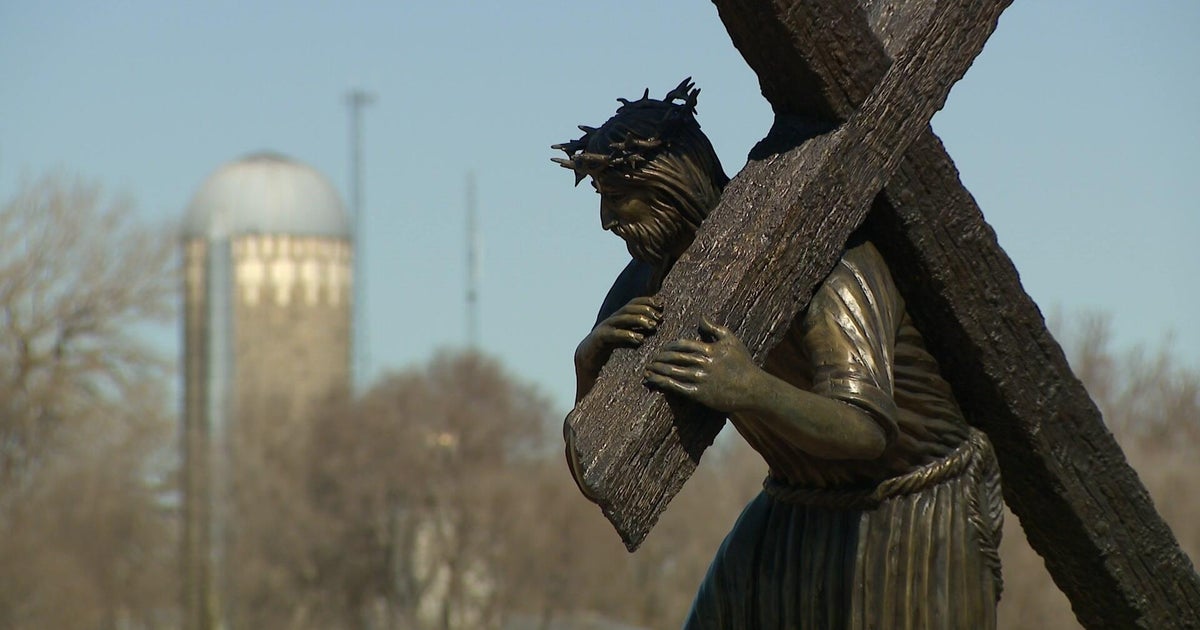
Sanctuary in the Shadows: Redwood County's Spiritual Oasis Welcomes All Faiths
2025-04-17 03:35:25
Religion
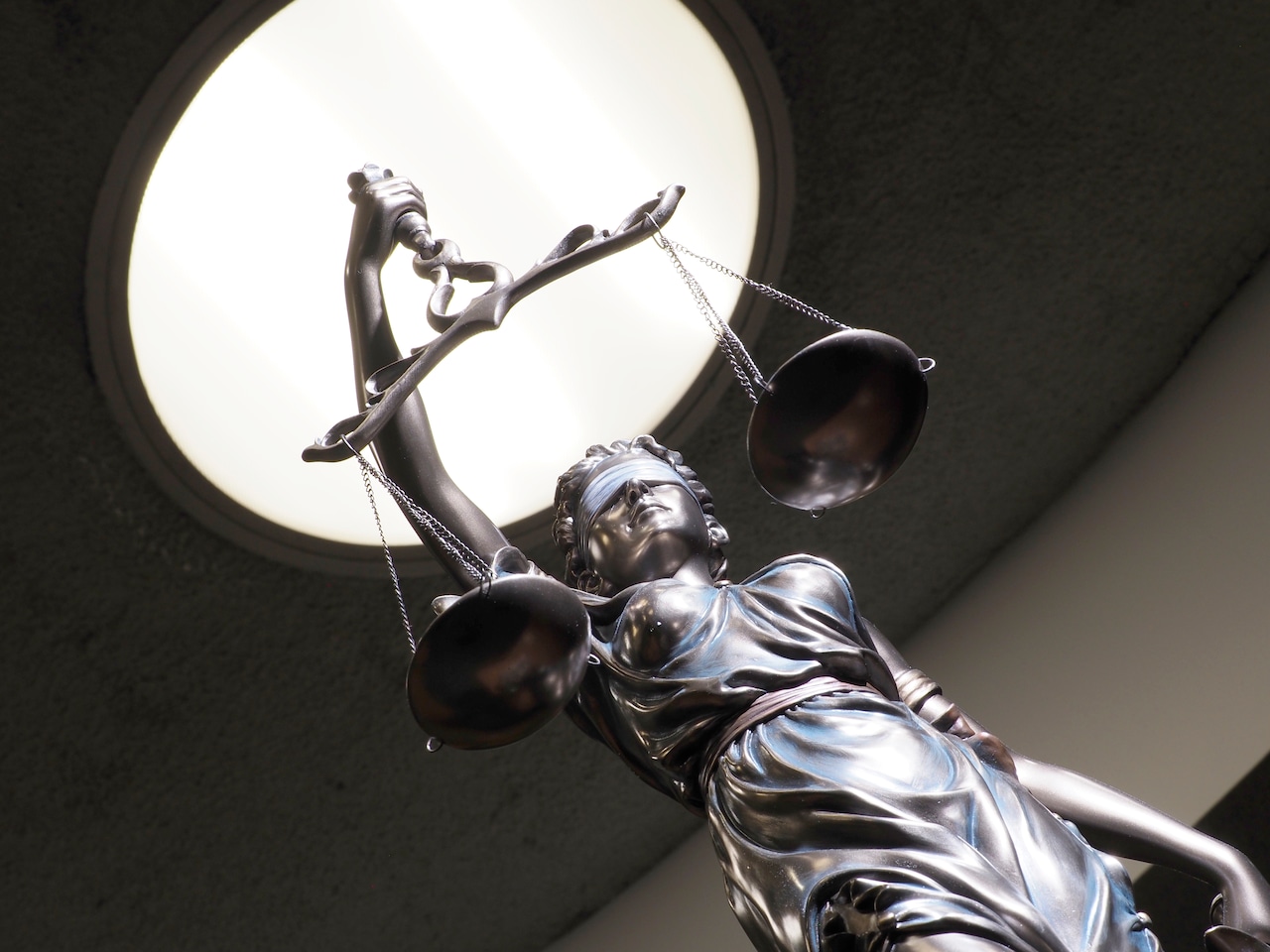
Religious Charter School Showdown: AG Campbell Challenges Supreme Court Funding Mandate
2025-04-07 19:02:03
